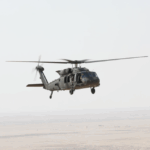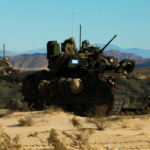
Research and development in satellite and radio communications, as well as some innovation in the way they are procured, could go a long way in boosting both the capability and the lifecycle costs of unmanned platforms in the future, according to the Unmanned Systems Integrated Roadmap recently released by the Defense Department. In looking for ways to keep costs down for an entire fleet of unmanned systems, rather than pinpointing savings in specific programs, the report notes that an increase…













